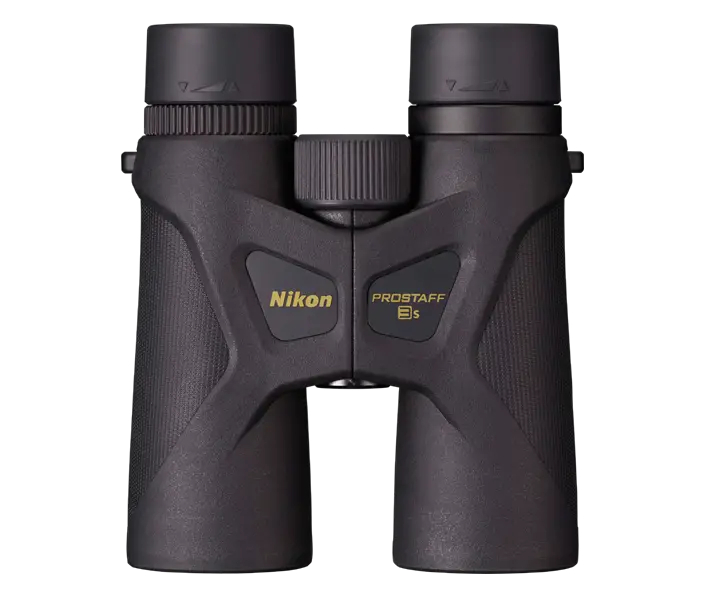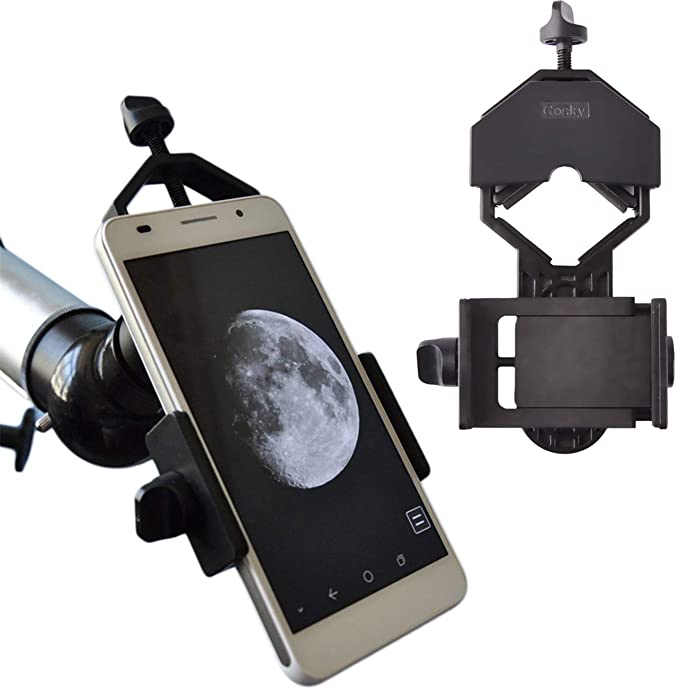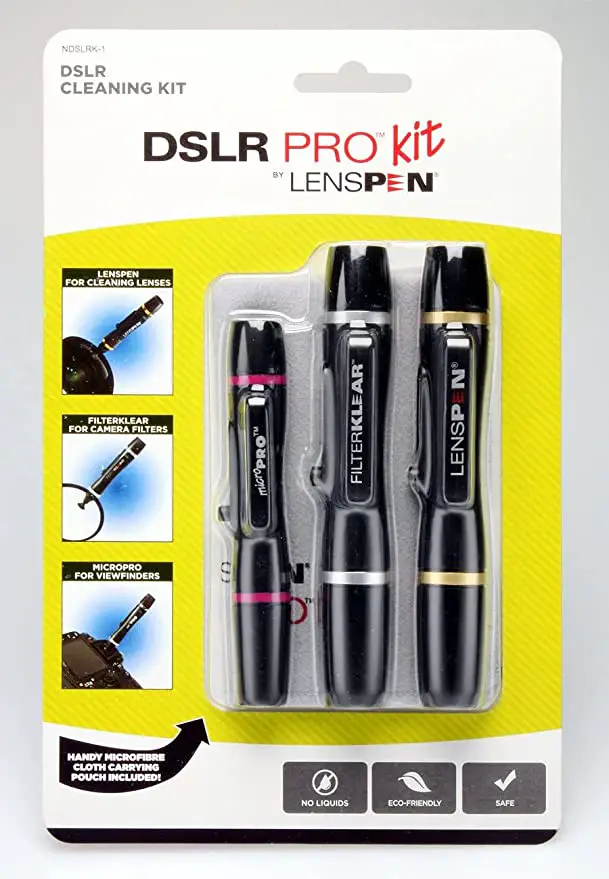I have been using a pair of Nikon Prostaff 3s 8×42 binoculars for birding for a while now. In this article, I’m going to go through all the things I love and the things I don’t love about these binoculars. By the end of this post, you will be able to make a more informed decision about purchasing them for yourself.
The Nikon Prostaff 3S 8×42 are great binoculars for birding. The 8×42 magnification is good in low light conditions and for this reason, is popular among birders. These binoculars feel good in your hands, are not too heavy, and the image is crisp and clear. They have many other impressive features.
In the remainder of this article, I am going to go much deeper into the features and specifications of the Nikon Prostaff 3S 8×42 binoculars. You will get a first-hand description of what these binoculars perform like from someone who has actually used them. You will also see me fully immerse them in water to prove they are waterproof!

As an Amazon Associate, I earn from qualifying purchases. Birdwatch World earns commissions from Amazon and similar affiliate programs from any purchases made via links in this article.
- Nikon Prostaff 3S 8×42 Specifications
- Why Nikon Prostaff 3S Binoculars Are Good For Birding
- It’s All About The Look
- The Feel And Weight Of Nikon Prostaff 3S 8×42 Binoculars
- Image Quality
- Accessories For The Prostaff 3S Binoculars
- Things To Consider Before Buying Nikon Prostaff 3S 8×42 Binoculars For Birding
- Conclusion
Nikon Prostaff 3S 8×42 Specifications
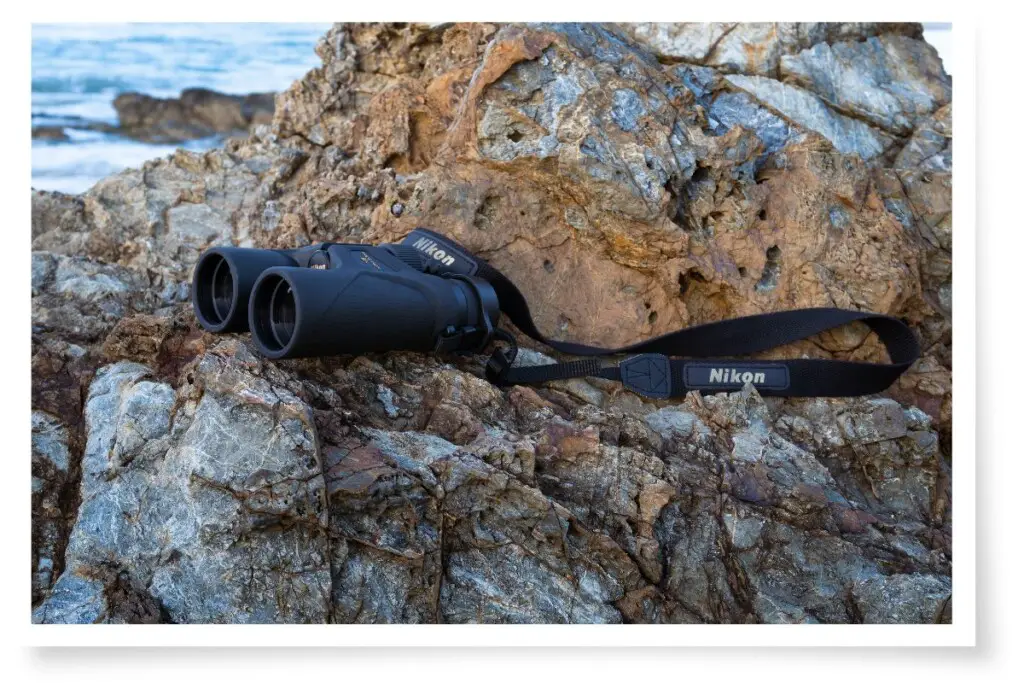
Check the latest pricing from Amazon, B&H, or Adorama via the image or the button below:
Magnification | 8 |
Objective Lens Diam. | 42 mm |
Field Of View | 126 m @ 1000 m (377ft @1000 yards) |
Exit Pupil | 5.3 mm |
Relative Brightness | 28.1 |
Eye Relief | 20.2 mm |
Minimum focasing distance | 3.0 m (9.8 ft) |
Length | 152 mm (6 in.) |
Width | 130 mm (5.1 in.) |
Depth | 52 mm (2 in.) |
Weight | 565 g (20 oz.) |
Interpupillary Distance | 56-72 mm (2.2-2.8 in.) |
Prism Type | Roof |
In case you are unfamiliar with some of the terms in the table above, they are listed below. You will find a more detailed explanation of these terms and more in this article on the site.
If you’re already familiar with them, click here to skip this section of the article.
Objective lens diameter – this is the diameter of the lenses at the front of the binoculars (those closest to the object you are looking at)
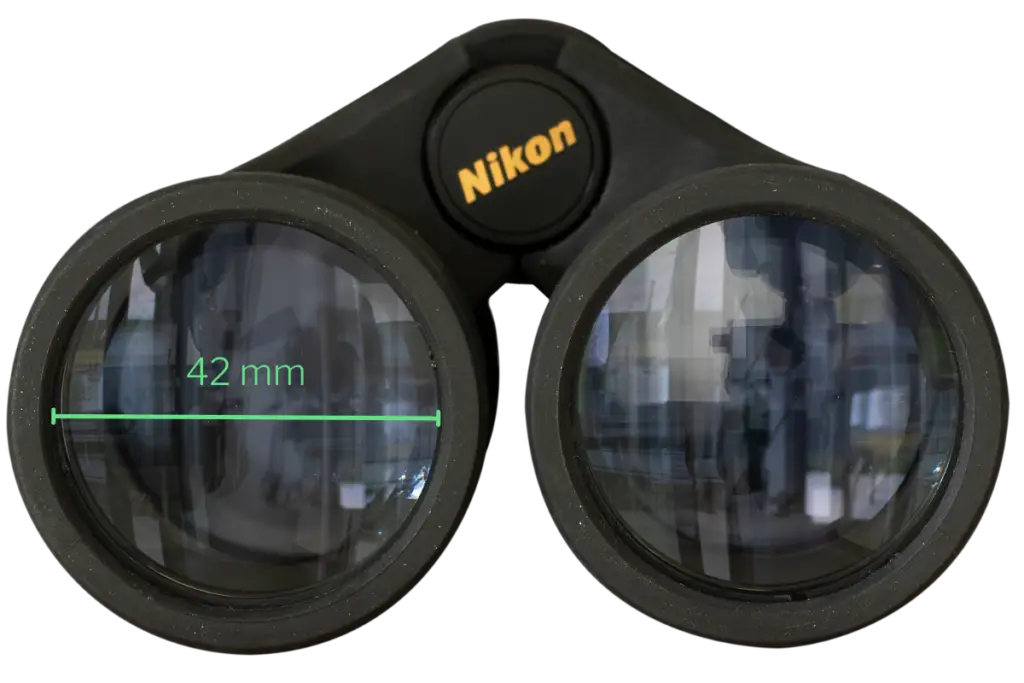
Field of view – the side-to-side distance seen through the binoculars at a distance of 1000 meters or yards

Exit Pupil – the width of the section of light that reaches your eyes.
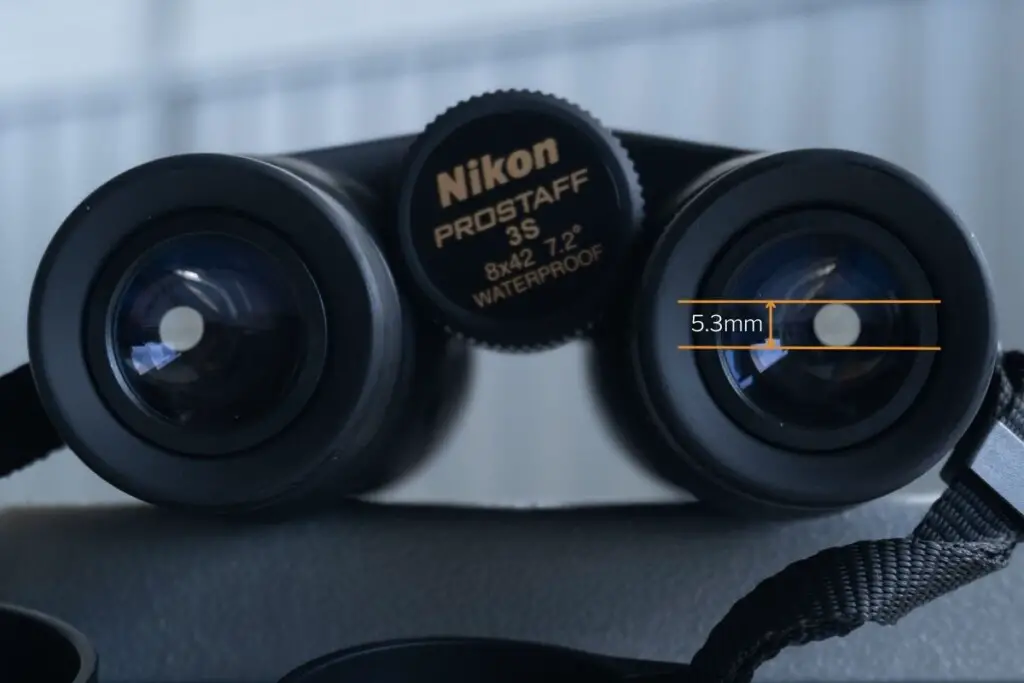
Relative Brightness – a number used to compare the brightness of different binoculars. The higher the number, the brighter the image.

Eye Relief – the distance from the outer surface of the rear lenses (ocular lenses) to the point where the exit pupil forms.
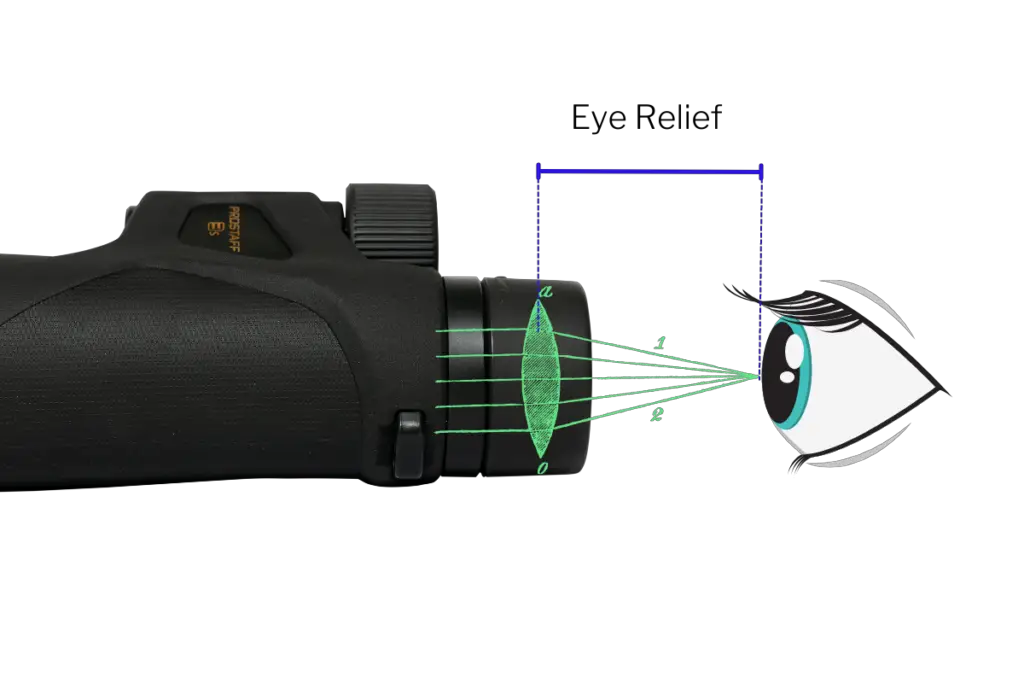
Minimum Focusing Distance – the closest distance the binoculars can achieve focus.

Interpupillary Distance – the distance between the pupils of both eyes. The numbers in the specifications of binoculars indicate which interpupillary distances they suit.
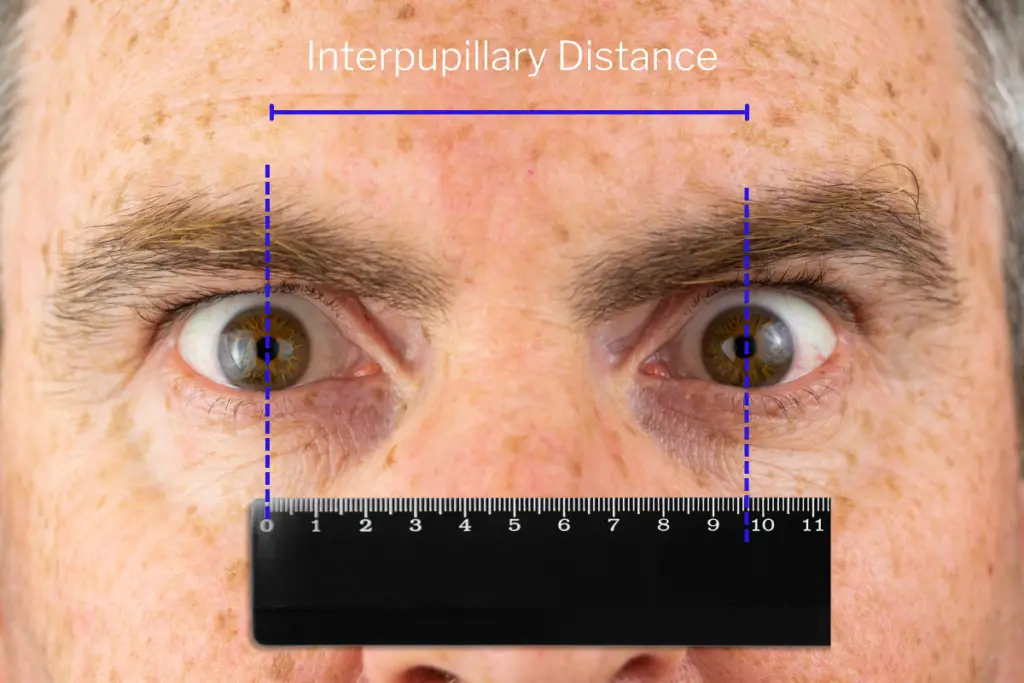
Roof Prism – a type of binocular where the objective (front) and ocular (rear) lenses are in alignment. The other type is the Porro prism where the two lenses are slightly offset.
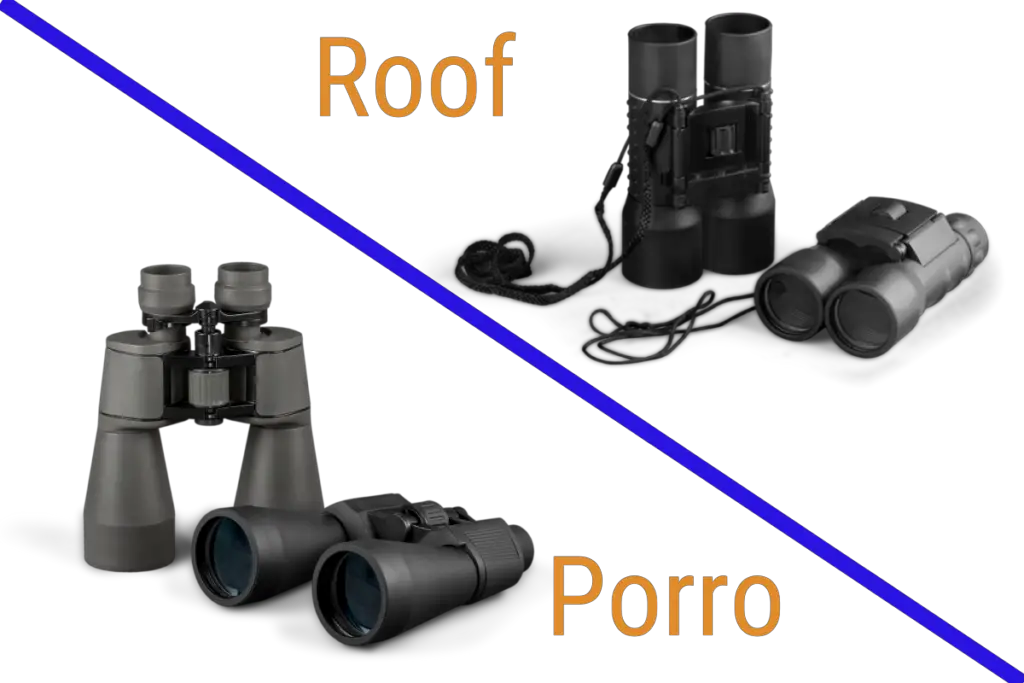
Why Nikon Prostaff 3S Binoculars Are Good For Birding
These binoculars are great for birding for one particular reason – their 8×42 magnification. This magnification is popular with birders because it provides a nice bright image and a reasonable field of view while not being too heavy.
Obviously, the larger the front (objective) lenses of a binocular, the brighter the image will be as they let more light in. The problem with this is it increases their weight.
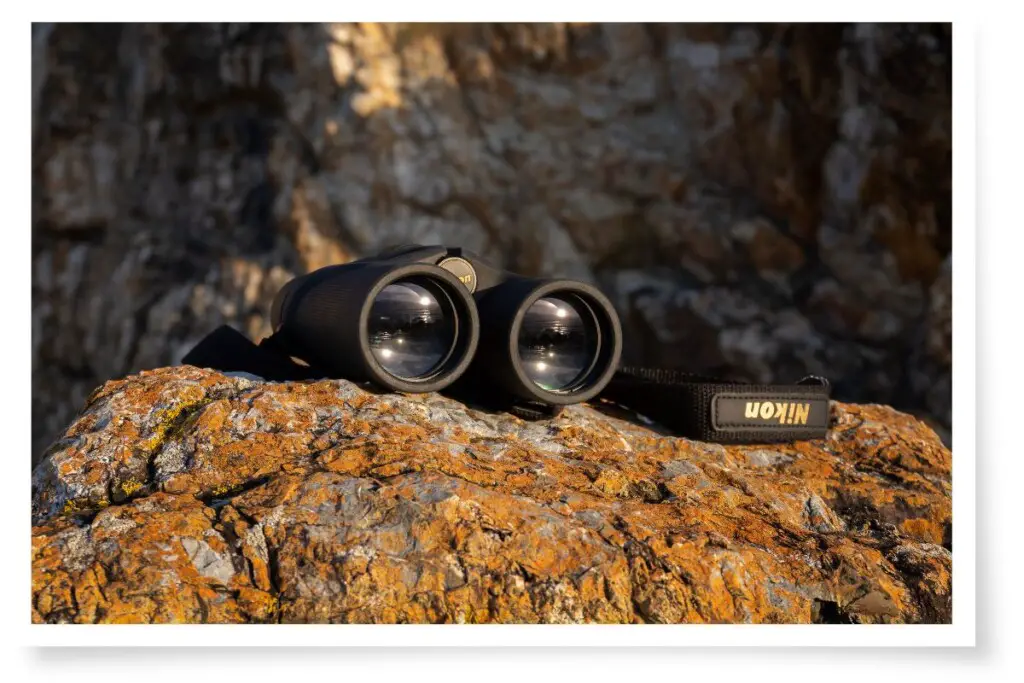
10×42 binoculars are also popular for birdwatching however, they are slightly heavier than 8×42. The field of view also becomes smaller as magnification increases.
The other issue with increasing the magnification is it can be harder to track birds when they are flying. The image also shakes more because you have extra magnification in addition to extra weight.
It’s All About The Look
They say that looks are only skin deep and while this is true for humans when it comes to the Prostaff 3S, it’s all about the external. These are sleek and stylish-looking binoculars.
Now, it’s not important for birding that your binoculars look good, but after you have considered all the other specs, it always comes down to their look. You won’t be disappointed with the aesthetic of these and they also feel good in your hands.
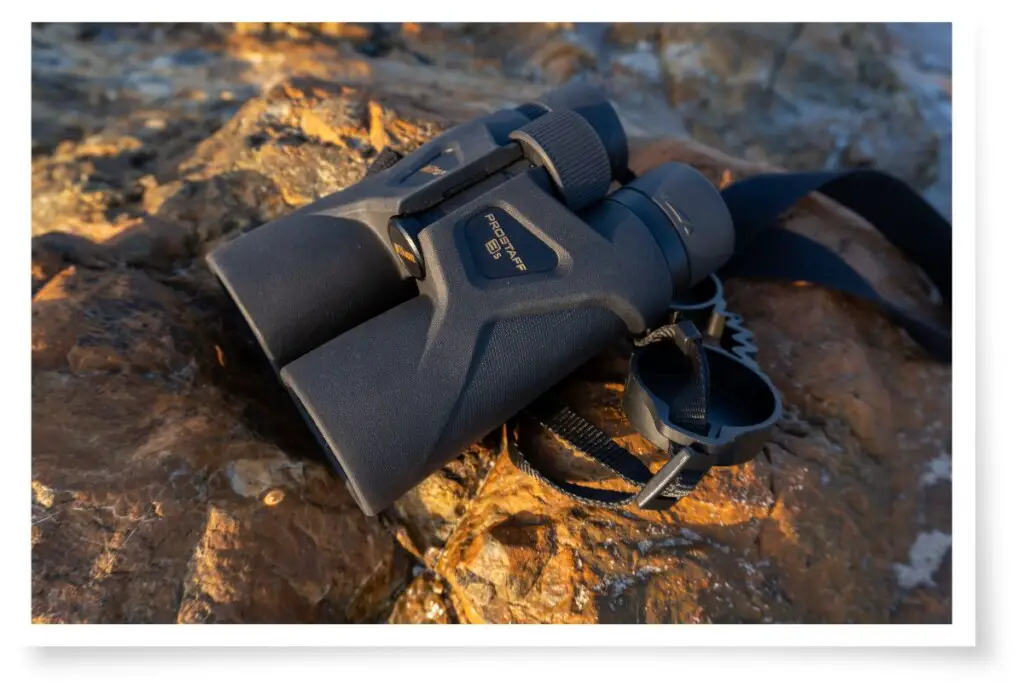
The Feel And Weight Of Nikon Prostaff 3S 8×42 Binoculars
Instead of trying to explain the feel and weight of the Prostaff 3S in text, I thought it would be better to film a video. In the footage below, I talk about these binoculars in greater detail, starting with how good they feel in your hands:
Image Quality
The image quality of the Prostaff 3S is quite good. As I’ve already mentioned in the video, the image is bright and very clear. This is important for birding as it makes identifying birds that much easier. The more detail you can see, the easier it is to determine which species you are looking at.
One thing I do not like about the image these binoculars provide is the chromatic aberration. If you are not a photographer, you probably won’t understand what I’m talking about.
Chromatic aberration or color fringing is a color distortion on the edges of objects in an image. It is merely the different wavelengths present in white light not focusing onto the same focal point after they pass through the lens. It causes blue-yellow, red-green, or purple-magenta fringing.
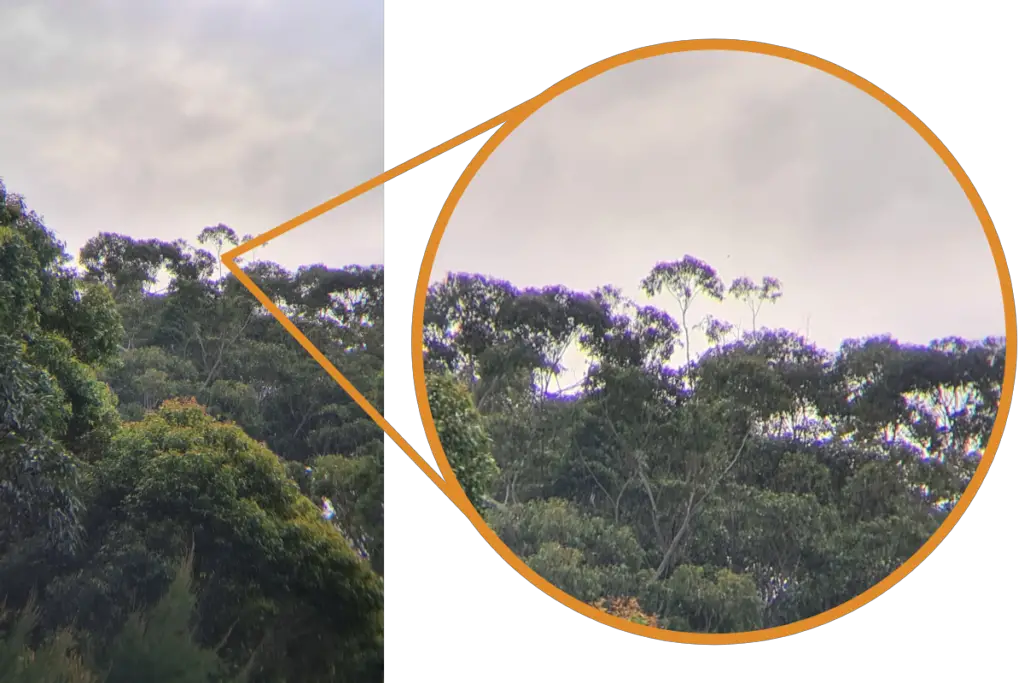
It is most visible around the edges of dark objects that are backlit by a bright sky. I’ve taken some example images through the Nikon Prostaff 3S using my smartphone and the Gosky Smartphone Digiscoping Adapter to show you what I’m talking about:

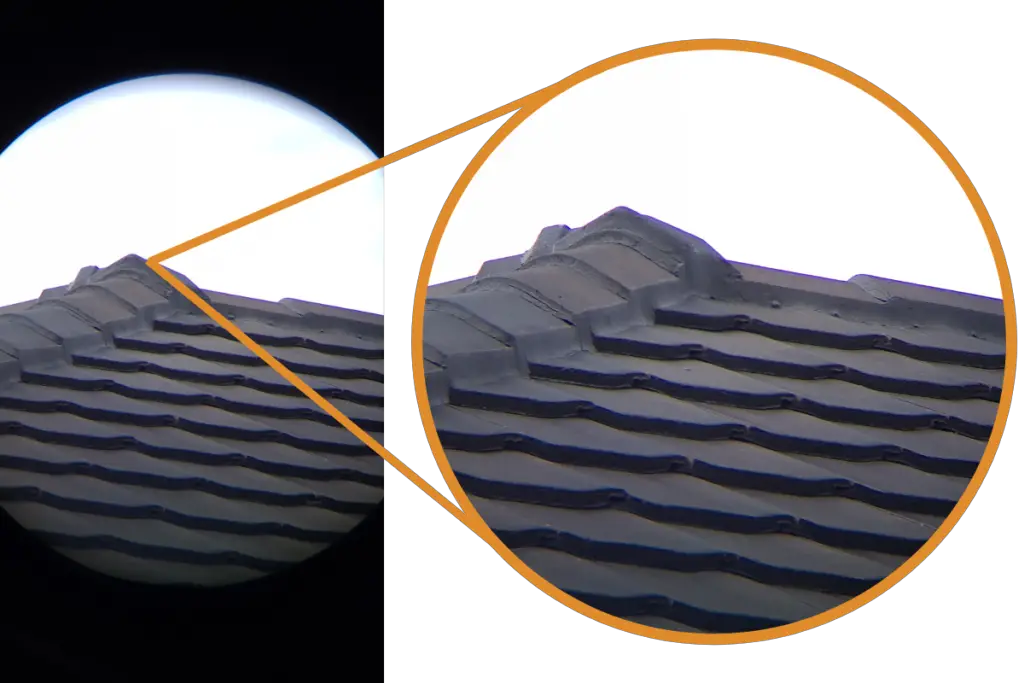
This chromatic aberration doesn’t spoil the experience of using these binoculars. I only notice it as I’m a photographer. Most lenses do it, especially cheaper ones. If you haven’t been aware of it until reading this, you most likely won’t even notice it.
In addition, taking photos through binoculars is usually purely for bird identification and not for the look of the photograph.
Accessories For The Prostaff 3S Binoculars
This article section will cover some useful accessories you might consider purchasing with the Nikon Prostaff 3S 8×42 binoculars.
Gosky Digiscoping Adaptor
If you read the previous section, you might be intrigued about the Gosky Digiscoping Adaptor? This is a handy little accessory that will allow you to take photos through your binoculars using your Smartphone.
It is a little bit fiddly to set up but if you follow the instructions it makes it a lot easier. Once you have your phone lens lined up with the ocular lens on your binoculars or scope, it is quite useful.
Lenspen For Cleaning Your Binocular Lenses
Keeping the lenses of the binoculars clean is going to mean a more enjoyable experience for you. I have used lens pens for years on my camera lenses and they do a great job of cleaning all sorts of grease and grime from the lens surface.
They will not scratch your lenses. They clean using a carbon cleaning compound that replenishes each time you replace the cap. At the other end of the pen is a soft brush for removing tiny dust particles from the lens surface.
For the Nikon Prostaff 3S 8×42 binoculars, you will need the LensPen DSLR Pro Kit or the ElitePro Kit. The surface of the objective lenses is convex however, the surface of the ocular lens is flat. This is why you need the DSLR pro kit or ElitePro kit because they contain both curved and flat-ended lens pens.
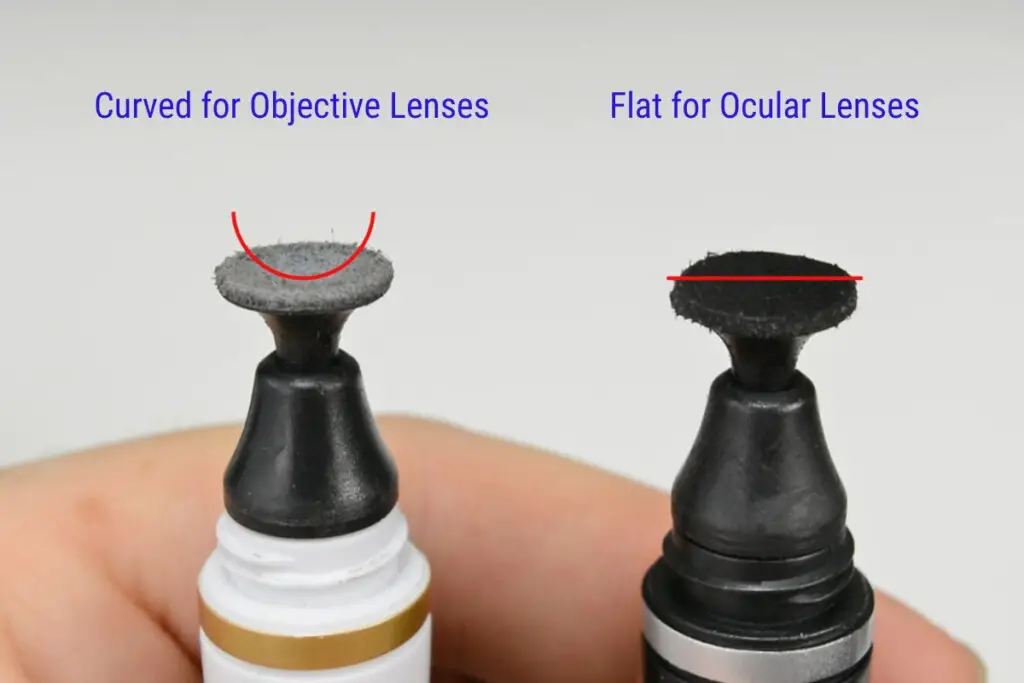
Things To Consider Before Buying Nikon Prostaff 3S 8×42 Binoculars For Birding
Just in case this article has been too much information for you I have broken it down into a few main things that you will want to consider before purchasing.
- Interpupillary distance – Make sure you have a friend or loved one measure your interpupillary distance. This is so important to make sure these binoculars will be the right size for your face.
- Bothered by chromatic aberration? – If the chromatic aberration is going to bother you, these may not be the binoculars for you. Keep in mind that to get a pair with less chromatic aberration you will be spending a lot more money.
- Weight – These are the lightest good quality binoculars on the market. You will find binoculars that weigh less than these but they will be nowhere near the quality.
- Price – The Nikon Prostaff 3S 8×42 binoculars are incredible value for the price you pay for them. At the time of writing this article, they were US$126.95.
Conclusion
The Nikon Prostaff 3S 8×42 is a great pair of binoculars. Try them for yourself via the links below which will take you directly to the relevant pages on Amazon:
You can find more binocular recommendations in my How To Birdwatch From Home Article.

